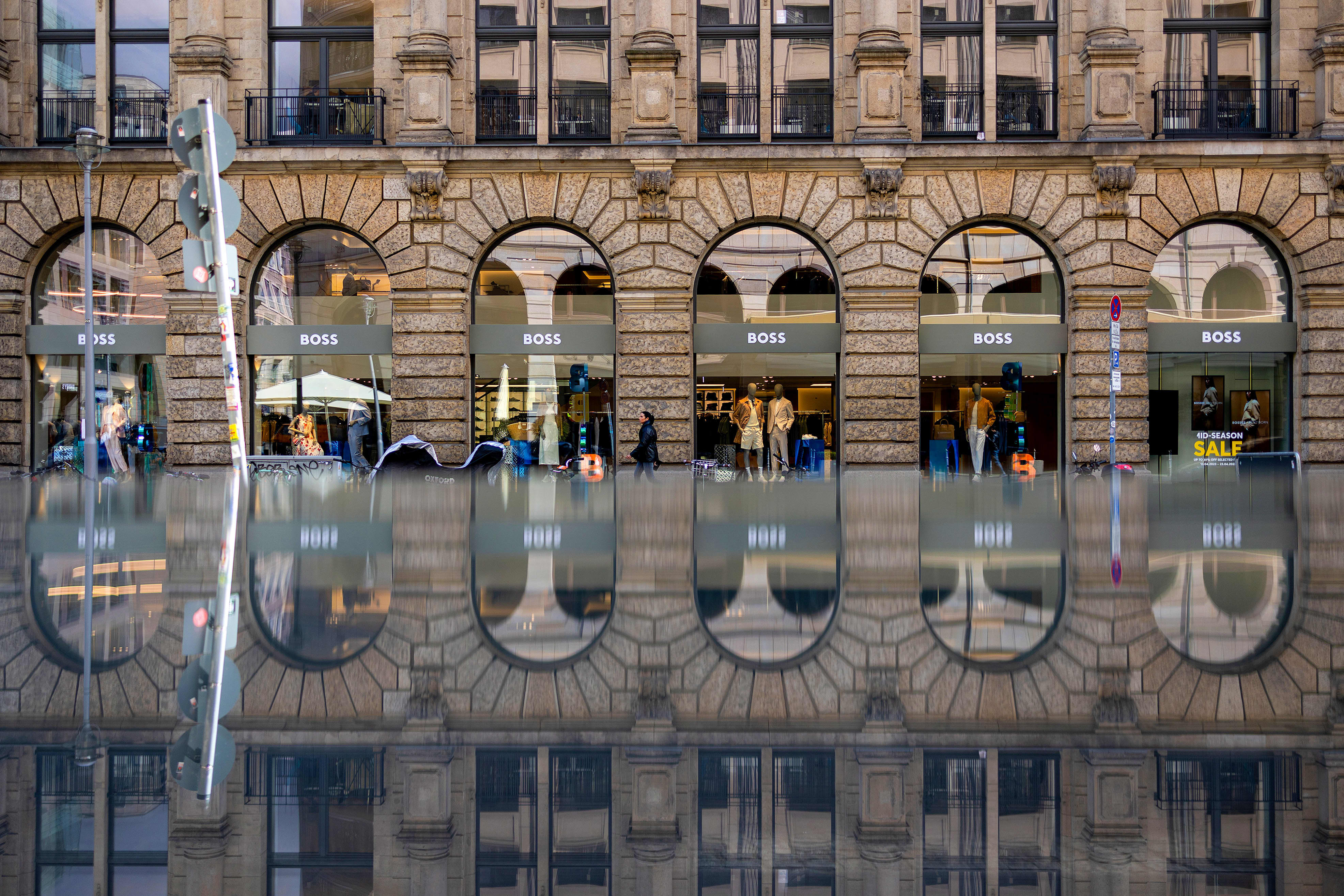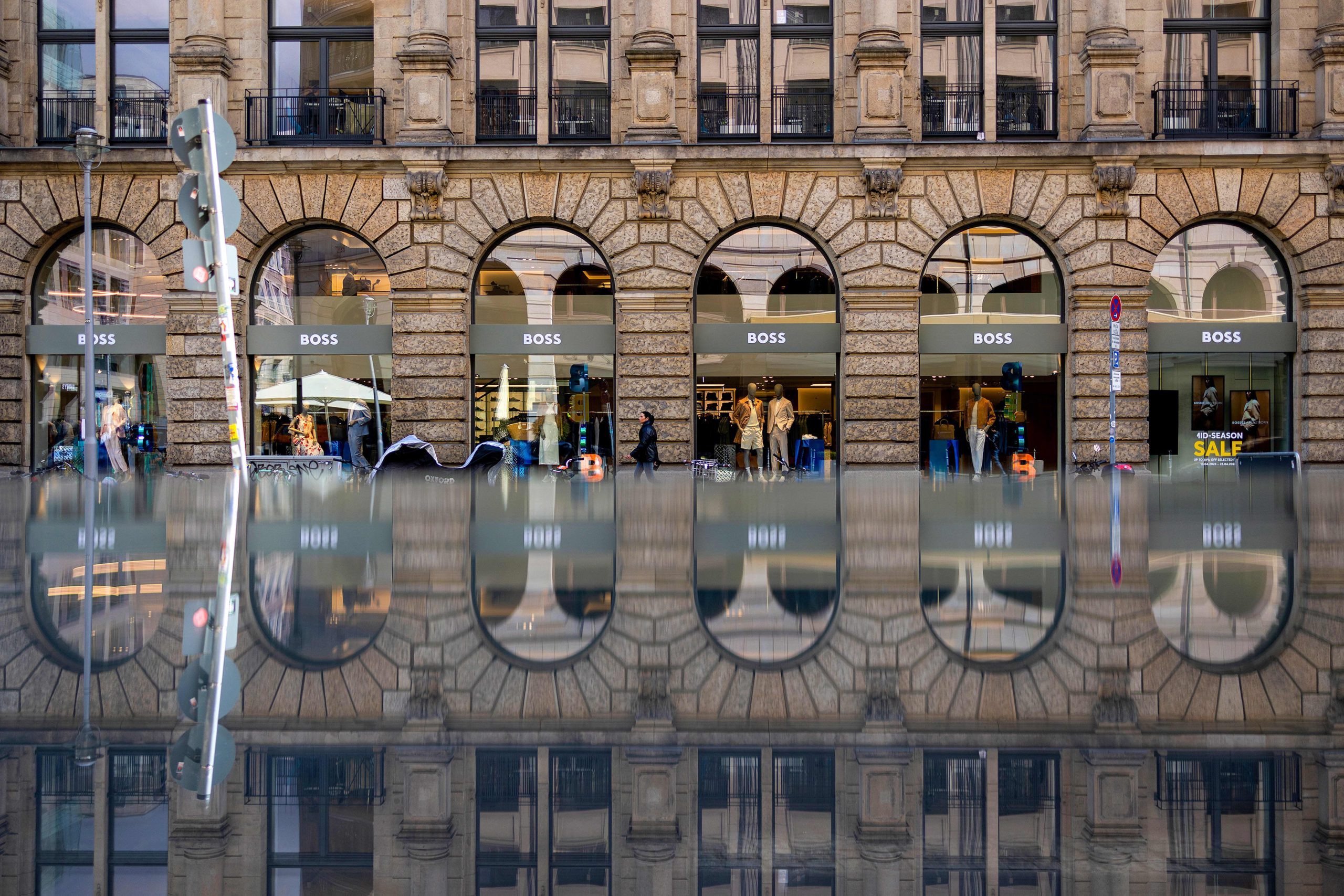
Hugo Boss Defies Market Odds with Strong Q1 Performance – Here’s How They Did It
The global luxury fashion sector has been navigating a minefield of economic headwinds—from inflationary pressures to post-pandemic consumer hesitancy. Yet, Hugo Boss, the German powerhouse known for its sharp tailoring and premium branding, just bulldozed through expectations with an 8% stock surge after reporting better-than-expected Q1 revenue. While competitors wobble under declining sales, Hugo Boss held firm on its full-year forecast, proving resilience isn’t just a buzzword for this 99-year-old brand. Let’s break down the strategies fueling their comeback.
1. Diversification: More Than Just Suits
Hugo Boss’s secret weapon? A product lineup as versatile as a Swiss Army knife. Though synonymous with menswear (think: James Bond-worthy tuxedos), the brand’s womenswear division now drives over 50% of fashion trade turnover. This deliberate pivot—expanding into athleisure, accessories, and even fragrances—acts as a financial shock absorber. When menswear sales dip in Europe, their U.S. womenswear line picks up slack.
CEO Joshua Schuman’s “good, better, best” pricing tiers further widen the net. Want a Boss polo under $200? Done. Craving a $3,000 bespoke overcoat? They’ve got you. This tiered approach insulates the brand from economic whiplash, capturing both budget-conscious millennials and deep-pocketed executives.
2. Brand Armor: Fighting Fakes and Fortifying Trust
Luxury’s dirty little secret? Counterfeits cost the industry $30 billion annually. Hugo Boss isn’t playing defense—it’s launching legal airstrikes. The company’s anti-counterfeit task force shuts down illicit factories and e-commerce listings monthly. In 2023 alone, they seized 120,000 fake Boss items in Turkey.
But protection isn’t just punitive. Rigorous quality controls—like blockchain-tracked materials—ensure authenticity. For consumers, this translates to trust: 78% of luxury shoppers cite “brand integrity” as their top purchase motivator (McKinsey, 2024). Hugo Boss’s aggressive IP stance doesn’t just preserve margins; it turns customers into loyalists.
3. Home Turf Dominance & Strategic Sales Channels
While rivals chase Asian markets, Hugo Boss doubled down on Europe, where domestic revenue grew 12% last quarter. Their “local hero” strategy leverages heritage—Germans still associate the brand with post-war craftsmanship—while optimizing logistics.
Wholesale partnerships (like Nordstrom and Harrods) provide volume, but direct-to-consumer (DTC) is the profit engine. E-commerce sales jumped 21% YoY, fueled by virtual try-ons and exclusive online drops. Physical stores? Now “experience hubs” with barbershops and espresso bars. This hybrid model balances reach with fat margins—DTC now contributes 40% of total revenue.
The Road Ahead: Can Hugo Boss Stay on Top?
Hugo Boss’s Q1 win wasn’t luck—it was laser-focused strategy. Diversification hedges against volatility, brand protection builds loyalty, and regional savvy keeps supply chains lean. But challenges loom: cotton prices are up 30% this year, and Gen Z’s appetite for logo-heavy luxury is fading.
The verdict? Boss isn’t just surviving; it’s rewriting the playbook. As Schuman told investors: “We’re not here to follow trends. We set them.” If they keep innovating at this pace, even a recession might not dent that 8% stock rally.
*—Frank Debt Bulldozer, reporting from the trenches of fiscal chaos (and still paying off my Bauhaus-inspired Boss blazer).*





发表回复